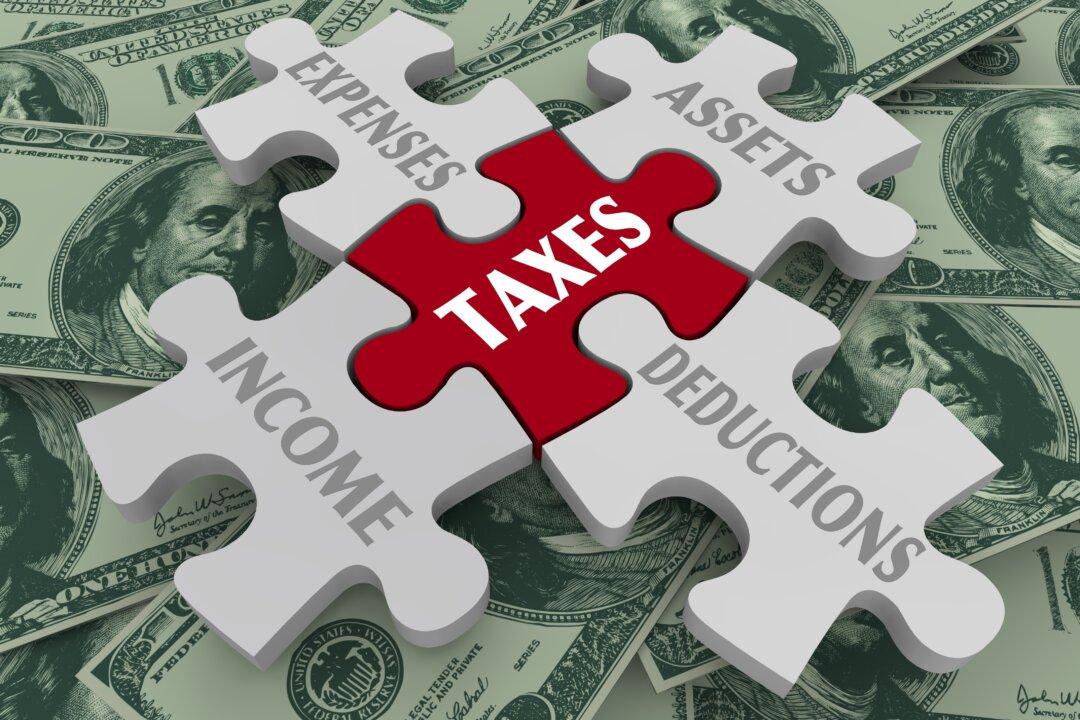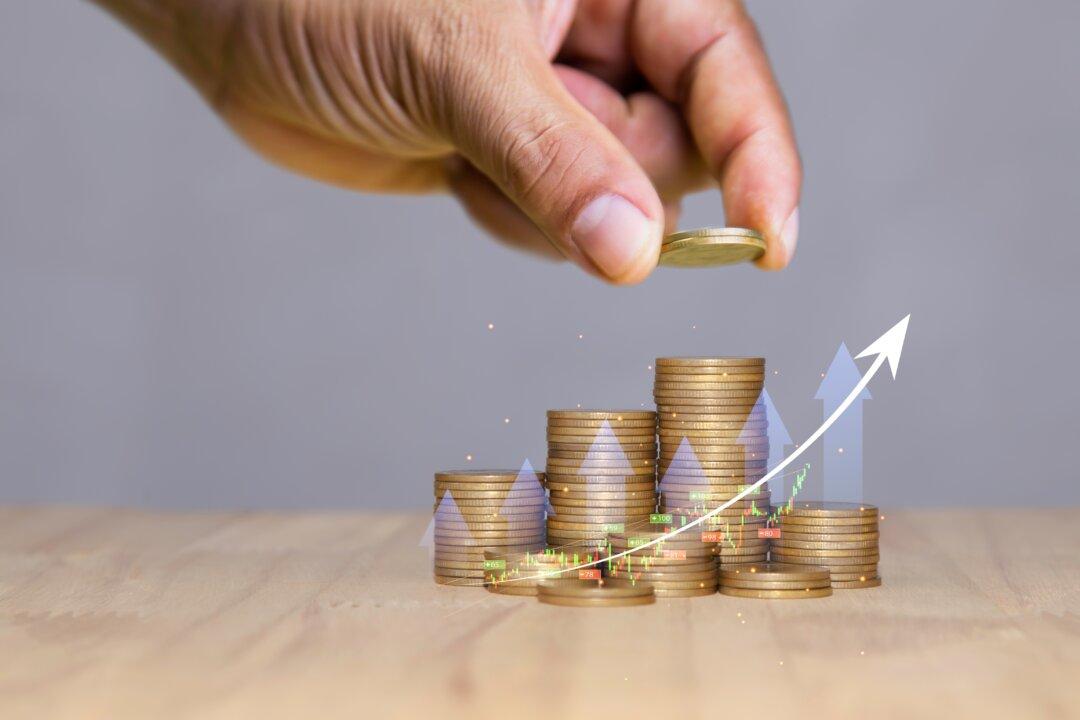Lately, your monthly payments eat up almost everything in your paycheck. You’ve had to deplete your savings, and now you’re relying on credit cards to buy groceries. Your credit cards are roughly $5,000, and the monthly interest alone is over $100. For several months now, you have been only able to make the minimum required payments.
The repairs your aging vehicle needs, along with new tires, will add another $2,000 to the credit card balance. You have trouble sleeping because you know that you are falling behind financially, but you’re working full-time already and taking another job seems exhausting just to think about it. A friend suggested you file for bankruptcy and start over with a clean slate, but you don’t know what that means, how much it would cost, what would be the consequences, and whether you can really cancel all the debt that’s built up over the past few years.






